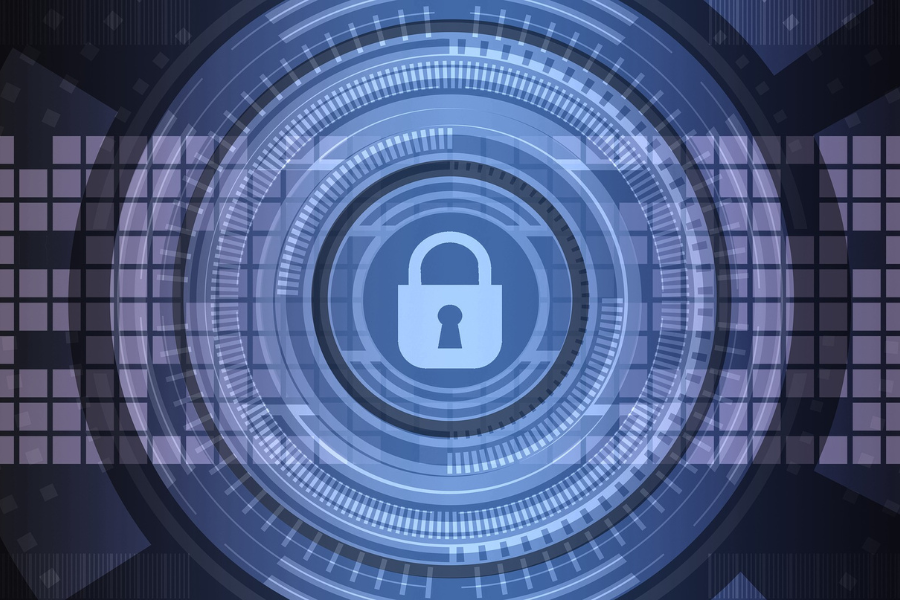The National Institute of Standards and Technology (NIST) (https://www.nist.gov/) plays a crucial role in advancing innovation, industrial competitiveness, and cybersecurity in the United States. As a non-regulatory agency under the U.S. Department of Commerce, NIST has been at the forefront of developing standards and guidelines that shape various industries and protect critical infrastructure.
A Brief History
Founded in 1901 as the National Bureau of Standards, NIST has a long-standing tradition of promoting measurement science and standards. In 1988, it was renamed to reflect its evolving mission in the face of rapid technological advancements.
Today, NIST continues to drive innovation across multiple sectors, from manufacturing to public safety.
Key Areas of Focus
Cybersecurity Framework
One of NIST’s most significant contributions is the NIST Cybersecurity Framework (CSF). Launched in 2014, this voluntary framework provides organizations with a comprehensive approach to managing and reducing cybersecurity risks. The framework is built on five core functions:
- Identify
- Protect
- Detect
- Respond
- Recover
These functions help businesses of all sizes better understand, manage, and protect their networks and data
Standards Development
NIST develops and maintains standards used within science, technology, and other industries. These standards help federal agencies, contractors, and businesses meet various regulatory requirements, such as those outlined in the Federal Information Security Management Act (FISMA)
Research and Innovation
NIST operates several laboratories that promote the advancement and deployment of technological innovations. These include programs in engineering, IT, nanoscale science, neutron research, material measurement, and physical measurement.
Impact on Everyday Life
NIST’s work has far-reaching effects on our daily lives, often in ways we might not realize. For example:
- NIST helped standardize fire hydrant connections across the U.S., significantly improving firefighting capabilities.
- The institute played a role in specifying the standard color for school buses, enhancing road safety.
- NIST’s standards ensure accurate medical procedures involving X-rays and other forms of radiation.
The Future of NIST
As technology continues to evolve, so does NIST’s role in shaping its development and security. Recent initiatives include:
- The NIST on a Chip program, aimed at miniaturizing measurement instruments.
- Plans to create a U.S. AI Safety Institute to coordinate artificial intelligence safety matters.
Conclusion
NIST’s standards and frameworks are more than just guidelines; they’re the backbone of technological innovation and cybersecurity in the United States. By providing a common language and set of best practices, NIST enables organizations to navigate the complex landscape of modern technology while ensuring safety, efficiency, and innovation. As we move further into the digital age, NIST’s role in setting standards and promoting innovation will only become more critical. Whether you’re a small business owner, a technology professional, or simply an interested citizen, understanding and implementing NIST standards can help you stay ahead in an increasingly connected world.



